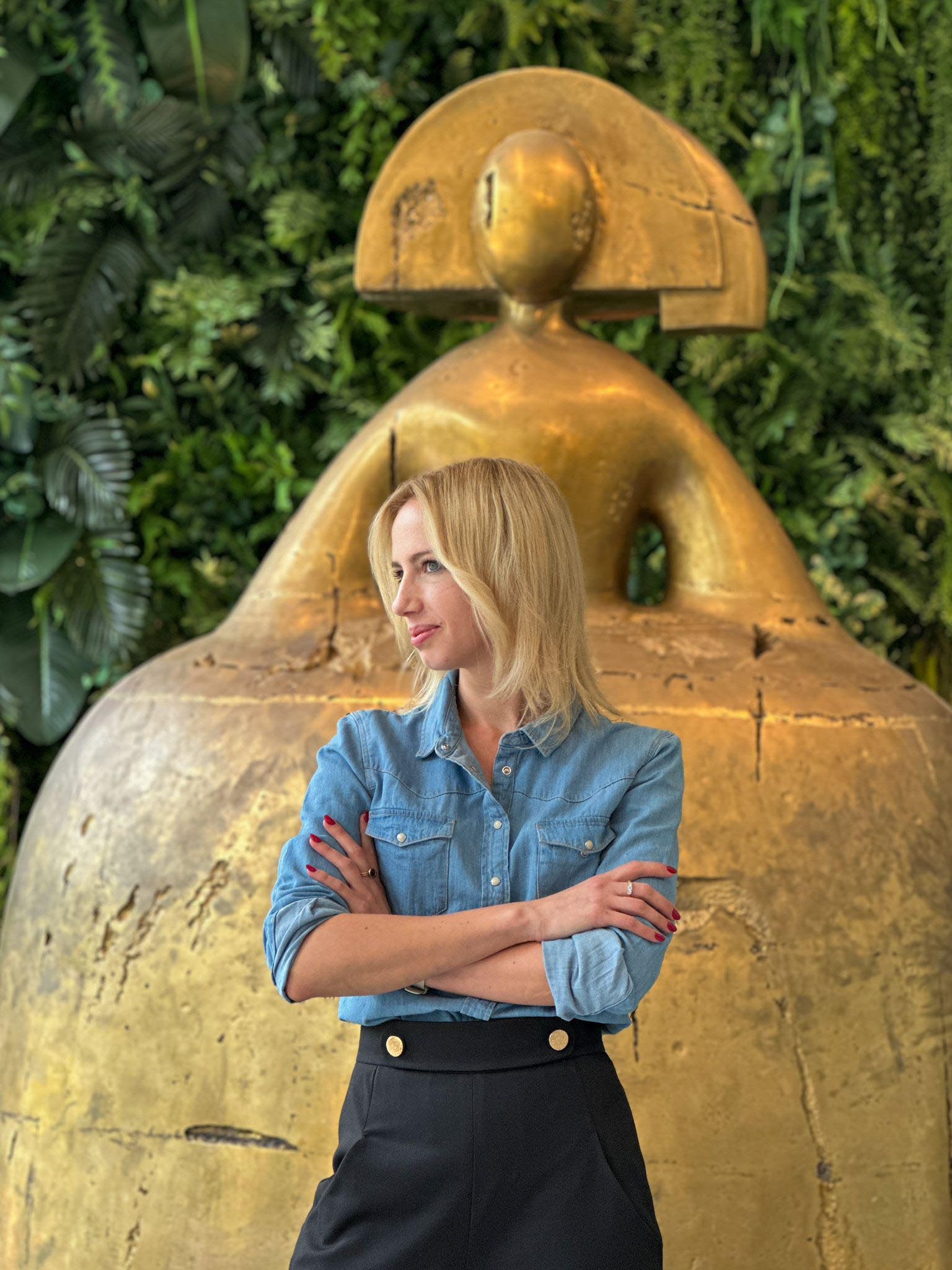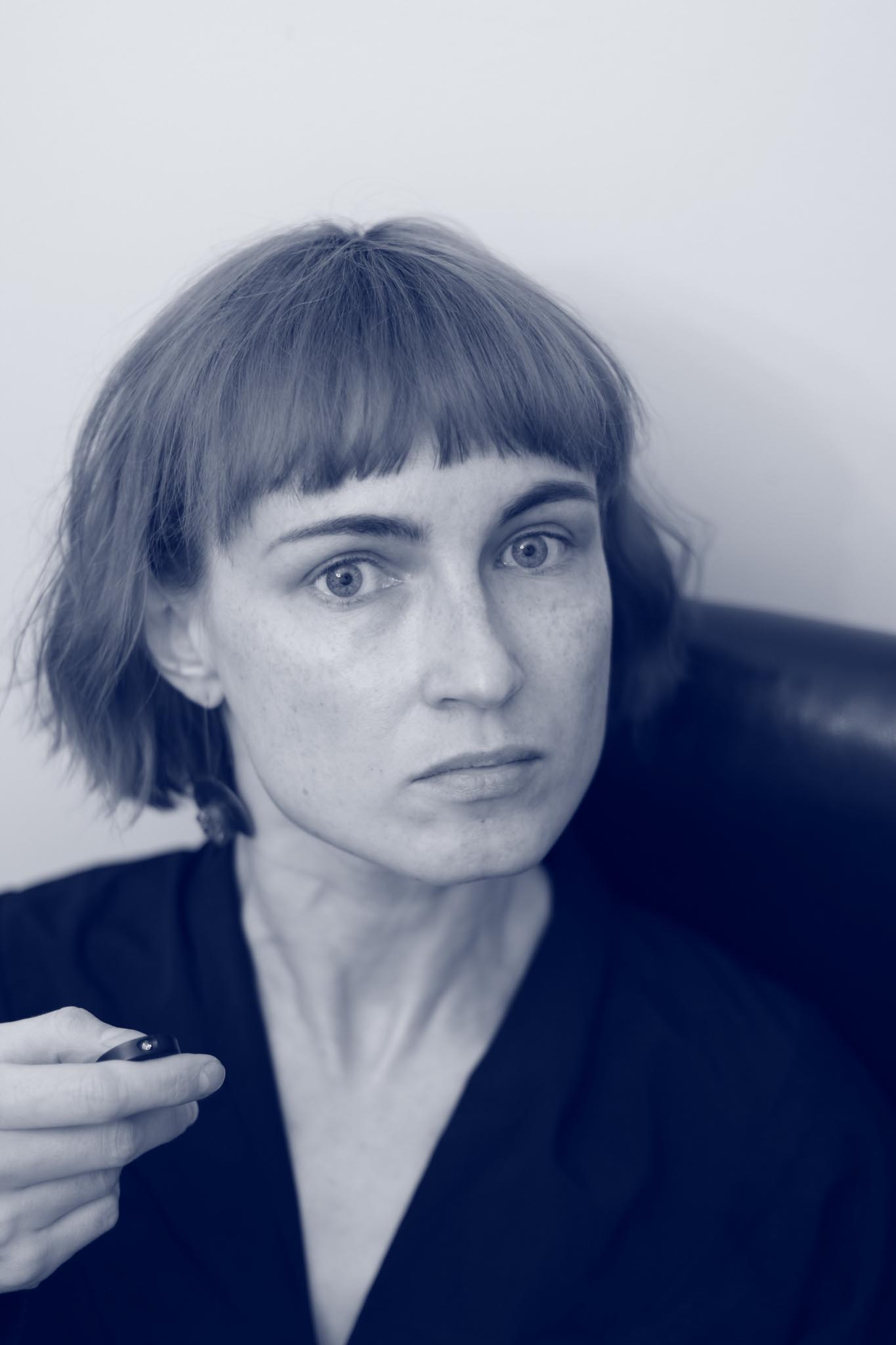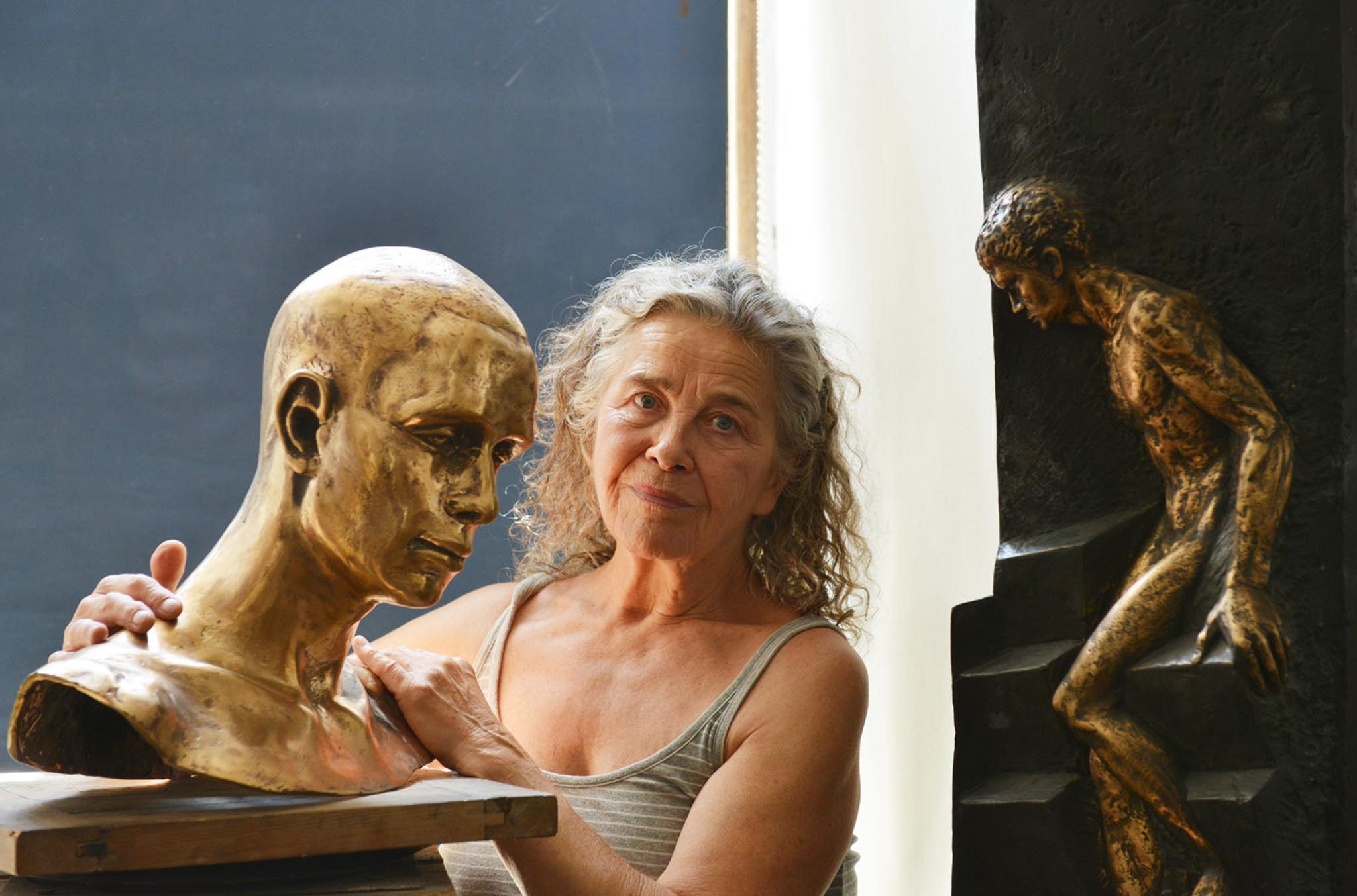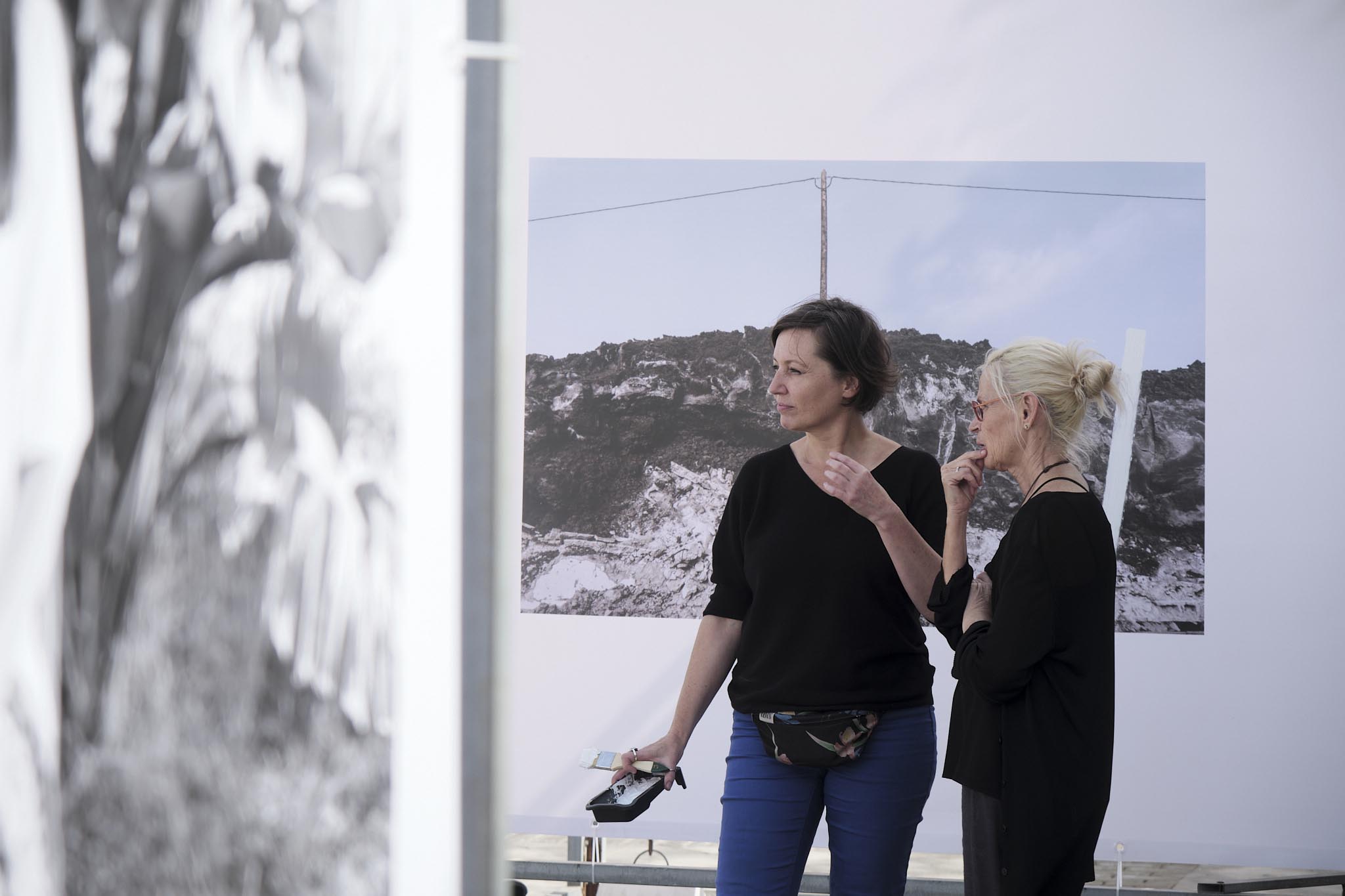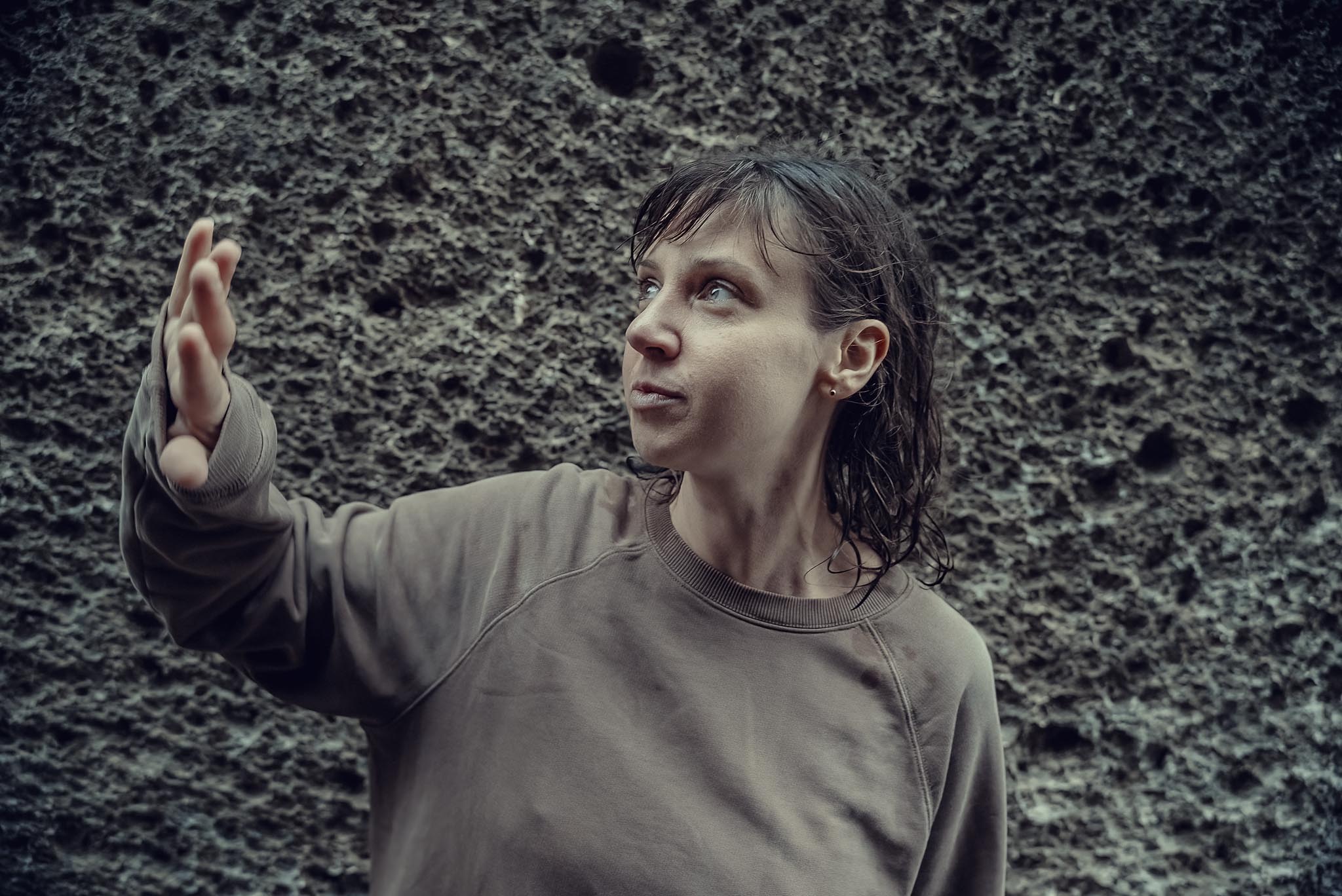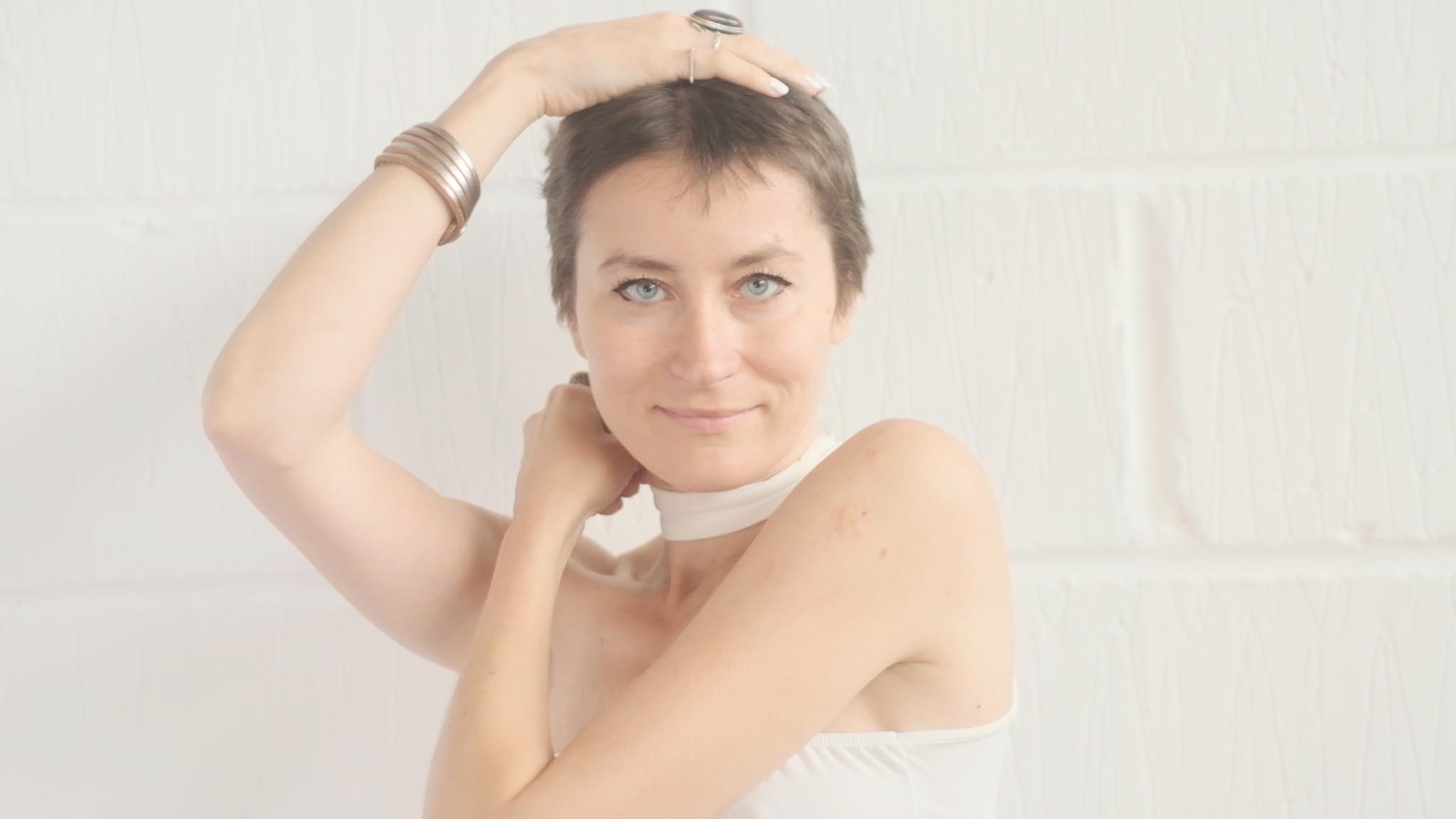Can we forge a new world with a different order? The work of female artists invited for the exhibition explores the themes of migration, transformation, and the repercussions of turbulent change. Despite diverse generational and artistic backgrounds, they find a convergence of experiences within a shared narrative. The artists provide a unique perspective on other geographies, social dynamics, private mythologies, and alternate histories, challenging established narratives and inviting a ‘herstorical’ viewpoint. Their values: empathy, reflection, compassion, sensual pleasure, care, and solidarity, showcase the potential for change not only in times of peace but also in times of war.
